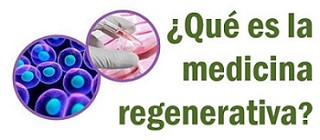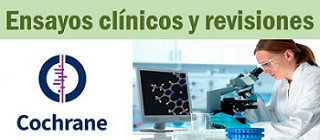Engineering bone tissue from human embryonic stem cells.PNAS 29 May 2012
Engineering bone tissue from human embryonic stem cells
Darja Marolta,1, Iván Marcos Camposa, Sarindr Bhumiratanaa, Ana Korena,b, Petros Petridisa, Geping Zhangc, Patrice F. Spitalnikc, Warren L. Graysond, and Gordana Vunjak-Novakovica,2
+ Author Affiliations
aDepartment of Biomedical Engineering, and
cDepartment of Pathology and Cell Biology, College of Physicians and Surgeons, Columbia University, New York, NY 10032;
bBlood Transfusion Centre of Slovenia, Ljubljana, SI-1000, Slovenia; and
dDepartment of Biomedical Engineering, School of Medicine, The Johns Hopkins University, Baltimore, MD 21231
Edited by Robert Langer, Massachusetts Institute of Technology, Cambridge, MA, and approved April 18, 2012 (received for review February 6, 2012)
Next SectionAbstract
In extensive bone defects, tissue damage and hypoxia lead to cell death, resulting in slow and incomplete healing. Human embryonic stem cells (hESC) can give rise to all specialized lineages found in healthy bone and are therefore uniquely suited to aid regeneration of damaged bone. We show that the cultivation of hESC-derived mesenchymal progenitors on 3D osteoconductive scaffolds in bioreactors with medium perfusion leads to the formation of large and compact bone constructs. Notably, the implantation of engineered bone in immunodeficient mice for 8 wk resulted in the maintenance and maturation of bone matrix, without the formation of teratomas that is consistently observed when undifferentiated hESCs are implanted, alone or in bone scaffolds. Our study provides a proof of principle that tissue-engineering protocols can be successfully applied to hESC progenitors to grow bone grafts for use in basic and translational studies.



